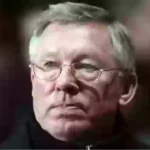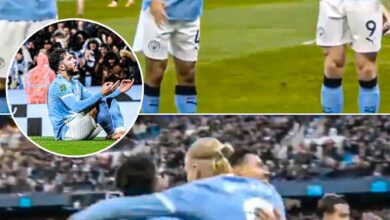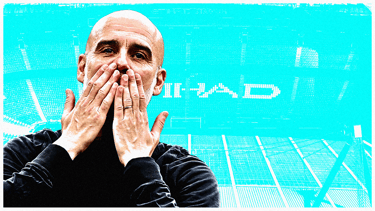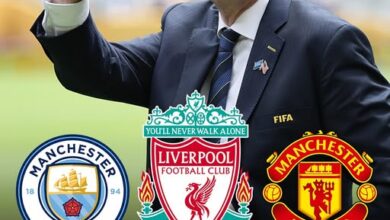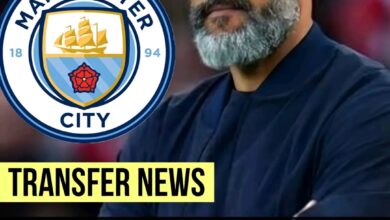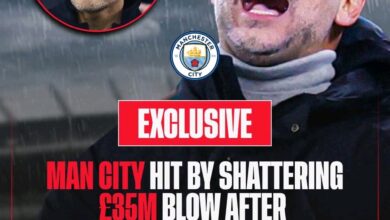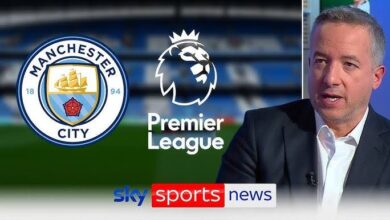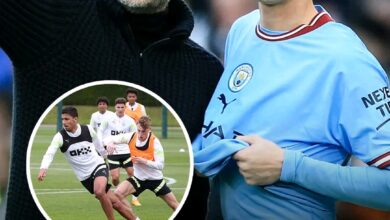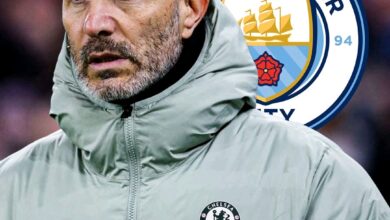Leaked Man Utd transfer list showed four huge targets and five players called ‘excess’ but one managed to survive
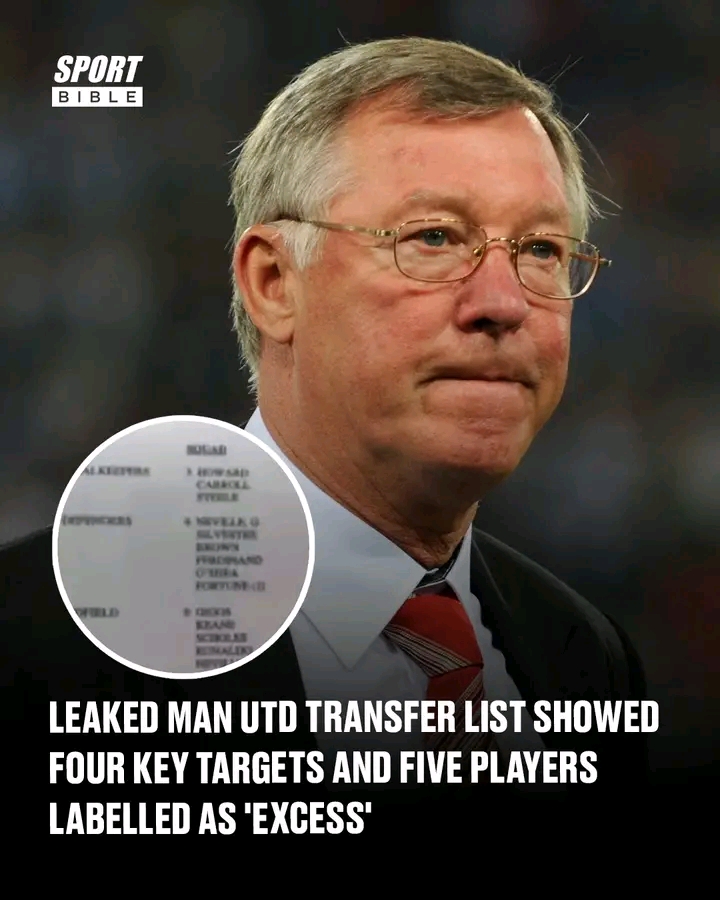
In football, not every plan goes right even for big clubs like Manchester United. Even when Sir Alex Ferguson was in charge and had already built one of the greatest football dynasties, there were moments when some decisions in the transfer market didn’t go well. One of the most interesting stories from that era happened in 2004 when a leaked transfer list showed that Ferguson and his staff had some big plans to fix the team. Manchester United had just finished third in the 2003-04 season, one year after winning the Premier League. Arsenal had an unbeaten season and finished top of the table with Chelsea in second. United wanted to bounce back and take their place back at the top of English football. But it didn’t happen straight away. They didn’t win the league again until the 2006-07 season, and that gap raised questions about what went wrong.
That leaked transfer list gave fans a closer look into what Ferguson and his team were thinking at the time. The document listed all the senior players in the Manchester United squad as of April 2004. But more than that, it showed who the club wanted to bring in and who they were ready to let go. According to the list, five players were called ‘excess’, which means the club had decided they were no longer needed. Out of those five, four ended up leaving the club not long after. Nicky Butt was one of them. A six-time Premier League winner with Manchester United, Butt had been a key part of the team for years. But in 2004, Ferguson felt it was time for him to move on. He was sold to Newcastle United where he played for many years before going out on loan to Birmingham City.
Another player who left was Luke Chadwick. He moved to West Ham United and continued his career in football for another ten years, playing for clubs like Stoke City and Norwich City before eventually retiring from lower league football in Cambridgeshire, the county where he grew up. Michael Stewart was also on the list. At the time, he was still part of United’s squad but was loaned out to Hearts in Scotland. Later, he moved to Hibernian and eventually went back to Hearts on a permanent deal. Today, Stewart is better known as a football pundit in Scotland. Ricardo, the Spanish goalkeeper, was also listed as excess, but United could not sell him right away. He stayed at the club for another year until his contract ended. Diego Forlan was the last name on the excess list. He was sold to Villarreal in Spain. Forlan later became a top striker in La Liga, proving that sometimes players can shine elsewhere even if they struggle at one club.
But not everyone on the excess list ended up leaving immediately. One of them managed to stay, even though he was marked for exit. The name was not mentioned in the report, but the survival of even one player from the excess column shows how quickly things can change in football. One moment a player might be on the way out, and the next he could be playing in the starting eleven.
While those names were on the exit list, the document also revealed which players Ferguson wanted to sign to improve the team. Four defensive targets were listed, and two of them ended up joining Manchester United. Gabriel Heinze came from PSG and made a strong impression in his first season at Old Trafford. Another one was Gerard Piqué, a young defender from Barcelona who came with high hopes. He didn’t play too much during his first spell at United and later returned to Barcelona, where he became a club legend. But the two other names on Ferguson’s target list didn’t end up joining United. One of them would go on to become one of Manchester City’s greatest players ever.
The first player that United failed to sign was Philippe Mexès. The French center-back was playing for Auxerre at the time and later joined Roma. He spent most of his career in Italy, later moving to AC Milan. The second player was Vincent Kompany. Ferguson had identified Kompany, then playing for Anderlecht, as a future star in defense. But United couldn’t get the deal done. Kompany moved to Hamburg in Germany instead, and later in 2008 he joined Manchester City. That decision would come back to haunt United in a big way. Kompany became one of City’s most important players, not just as a defender but also as a leader. In 2012, he scored the only goal in a crucial Manchester derby. That goal helped City move closer to winning their first Premier League title since 1968. It was a major turning point in the history of both clubs. While United were about to enter a long period of change and transition after Ferguson retired, City was just starting to rise as a new power in English football.
If Ferguson had managed to bring Kompany to Old Trafford, things might have been different. But football doesn’t work that way. You don’t get all the players you want, and sometimes the ones you miss end up beating you later. The leaked transfer document also showed some of the other moves United made in the summer of 2004. One of the biggest was the signing of Alan Smith from Leeds United. Smith was known as a passionate and hard-working striker. But after joining United, Ferguson eventually turned him into a midfielder. He played that role for a while but never really became a star at the club. Another major signing that summer was Wayne Rooney. Rooney joined from Everton in a blockbuster transfer and quickly became one of United’s best players. He scored a hat-trick on his debut in the Champions League and never looked back. Over time, he became the club’s all-time top scorer and won many trophies with United.
Looking back, the leaked transfer list is like a window into a key moment in Manchester United’s history. It shows how the club was trying to rebuild after a difficult season. It also shows how even the best managers like Sir Alex Ferguson didn’t always get it right. The players he missed out on, like Kompany and Mexès, might have made a big difference. The players he let go, like Forlan, went on to do well elsewhere. But even with those mistakes, Ferguson still managed to bring the club back to the top. It took a couple more years, but by 2006-07, United were champions again and ready to dominate English football for a few more years.
What’s interesting is that the leaked list reminds people that building a team is not easy. You can plan all you want, but there are so many things that can change. Injuries, form, contract problems, competition from other clubs—all these things affect who you can sign and who you can keep. Fans often judge transfers by what happens later, but at the time, decisions are made based on the information you have. Ferguson had a clear vision of what he wanted, but the real world doesn’t always follow the script.
One lesson from this story is that sometimes a missed transfer can change football history. Kompany going to City instead of United was one of those moments. If United had signed him, maybe he wouldn’t have become a City legend. Maybe City wouldn’t have won the 2012 title. Maybe the balance of power in Manchester would have stayed the same. But that’s the beauty of football—it’s full of moments like this, where one move can shift everything.
Even today, fans still talk about that leaked list. It’s a reminder of a time when United were still trying to find the right formula. It shows the human side of football too. Players like Nicky Butt and Diego Forlan were not just names on a list. They were part of the club’s story. They had great moments in a United shirt but were still told they had to move on. At the same time, young players like Rooney and Piqué were coming in, full of promise and ready to write their own stories.
Football changes fast. One season you’re in the team, the next you’re not. Managers make tough calls all the time, and fans only see the result later. But this leaked list gives everyone a rare look behind the scenes at how a top club works during a rebuilding phase. And even though not everything went according to plan, United still found a way back to the top. That’s what makes Ferguson one of the greatest managers of all time. He knew how to rebuild, how to learn from mistakes, and how to win again
